What is a Pre Trip Inspection Checklist?
A Pre Trip Inspection Checklist is a document used by drivers before starting their journey to ensure that the vehicle is safe and meets all required safety standards. It involves checking the vehicle’s parts and systems, such as brakes, tires, lights, and steering, to catch any potential issues that could cause a problem during the trip.
Who is required to complete a Pre Trip Inspection Checklist?
Typically, commercial vehicle drivers, including truck and bus drivers, are required to complete a Pre Trip Inspection Checklist. However, it's a good practice for all drivers to conduct a pre-trip inspection for safety reasons, even if not explicitly required by law or regulation.
How often should a Pre Trip Inspection be performed?
A Pre Trip Inspection should be performed before the commencement of each trip. For commercial drivers, this is a regulatory requirement to ensure the vehicle is in good condition and safe to operate on public roads.
What are the key components that should be included in a Pre Trip Inspection Checklist?
The checklist should cover all critical systems and parts of the vehicle, including but not limited to: brakes, steering, lights and reflectors, tires, mirrors, windscreen wipers, emergency equipment, and any cargo or load securing equipment. Detailed assessment of each part ensures any risks are identified and mitigated before travel.
What happens if issues are found during the Pre Trip Inspection?
If any issues are discovered during the Pre Trip Inspection, they must be addressed and corrected before the vehicle is used. This could involve minor adjustments or more significant repairs. It’s crucial that the vehicle is deemed safe before it is operated to prevent accidents or breakdowns.
Is there a legal requirement to document the results of a Pre Trip Inspection?
Yes, for commercial vehicles, there is a legal requirement to document the results of the Pre Trip Inspection. The documentation serves as a record that the inspection was performed and can be important in the event of an incident on the road. It provides evidence that the driver and company took reasonable steps to ensure the vehicle was safe to operate.
Can a Pre Trip Inspection Checklist be customized?
Yes, while there are standard elements that should be included in every Pre Trip Inspection Checklist, it can be customized to accommodate the specific features and needs of different vehicles or fleets. This ensures that all relevant parts and equipment are inspected thoroughly.
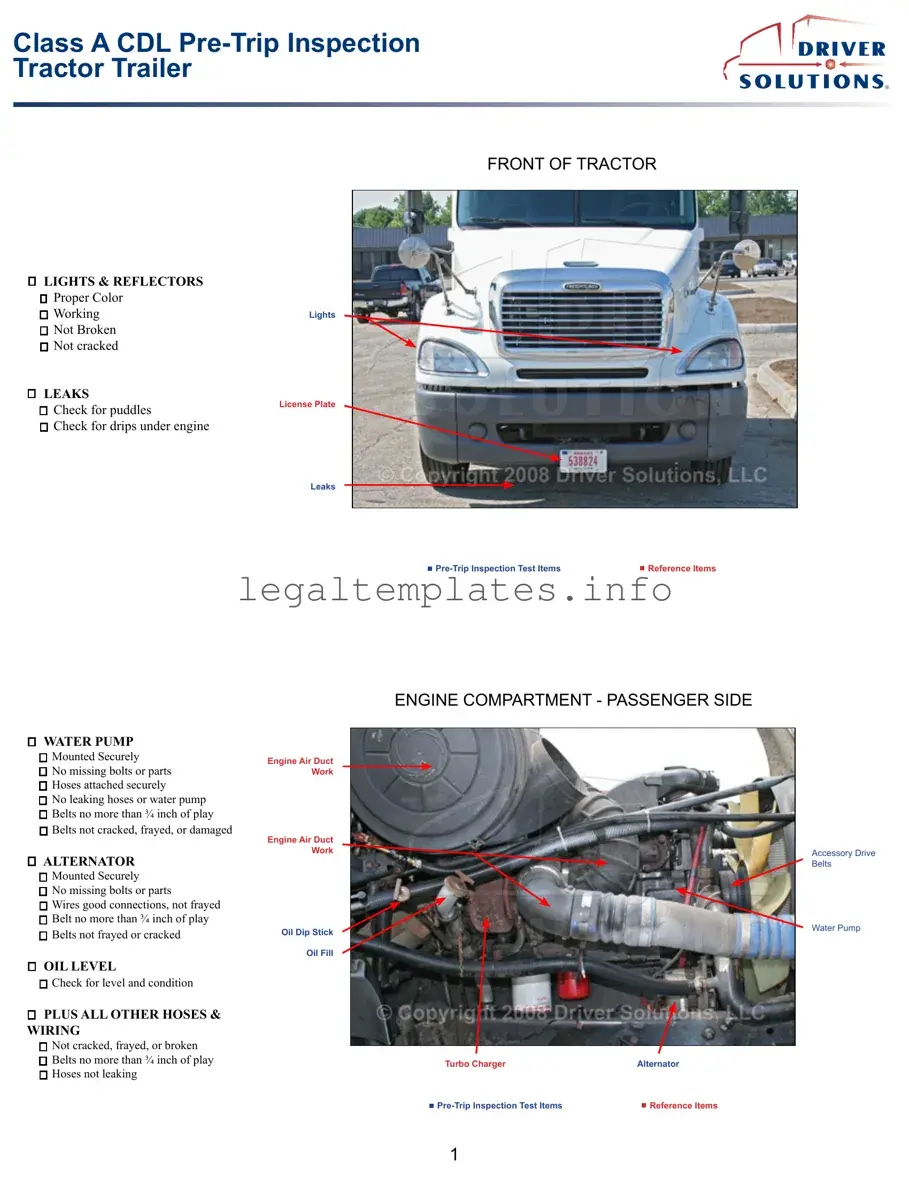
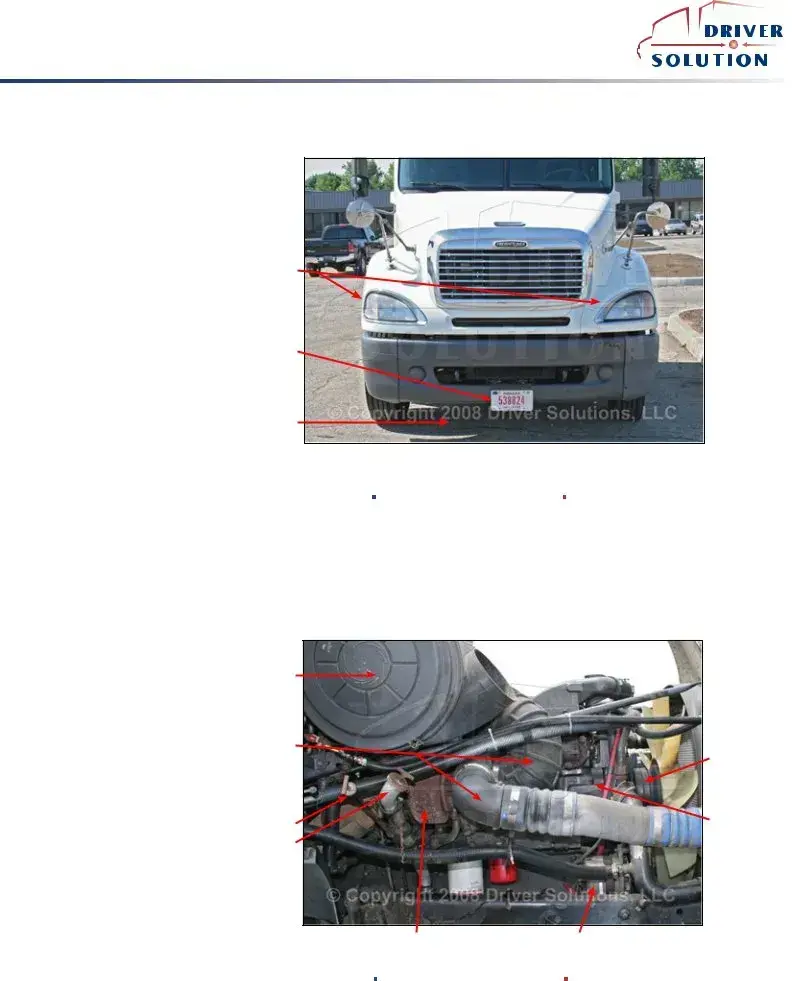
 ®
®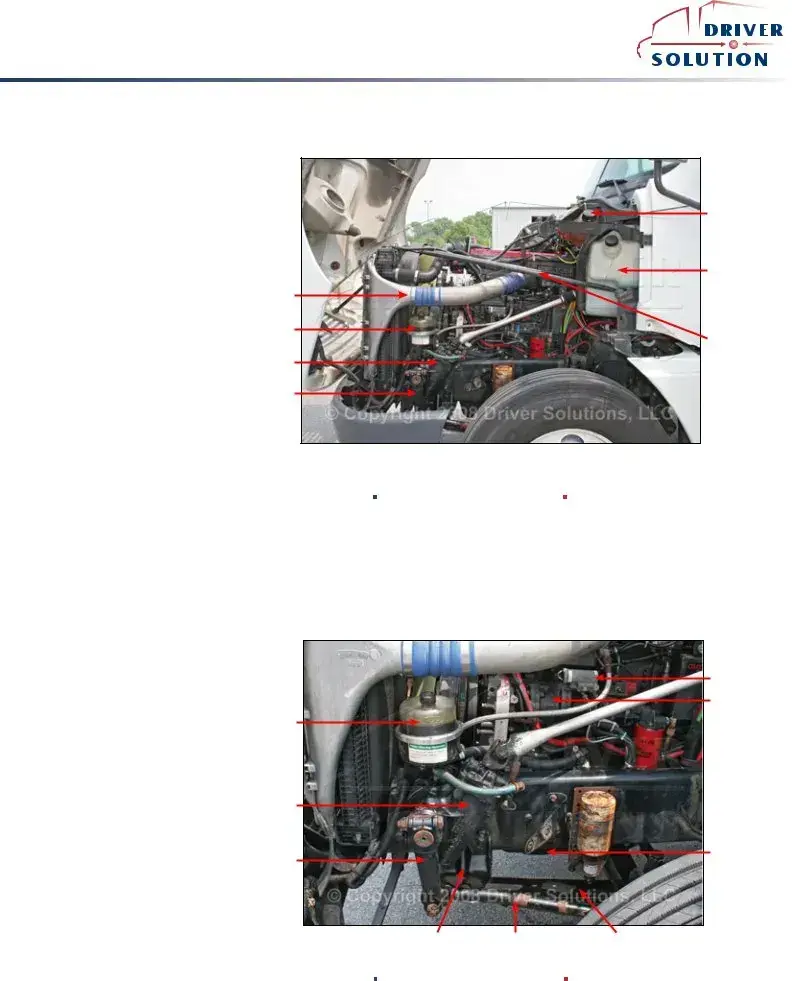
 ®
®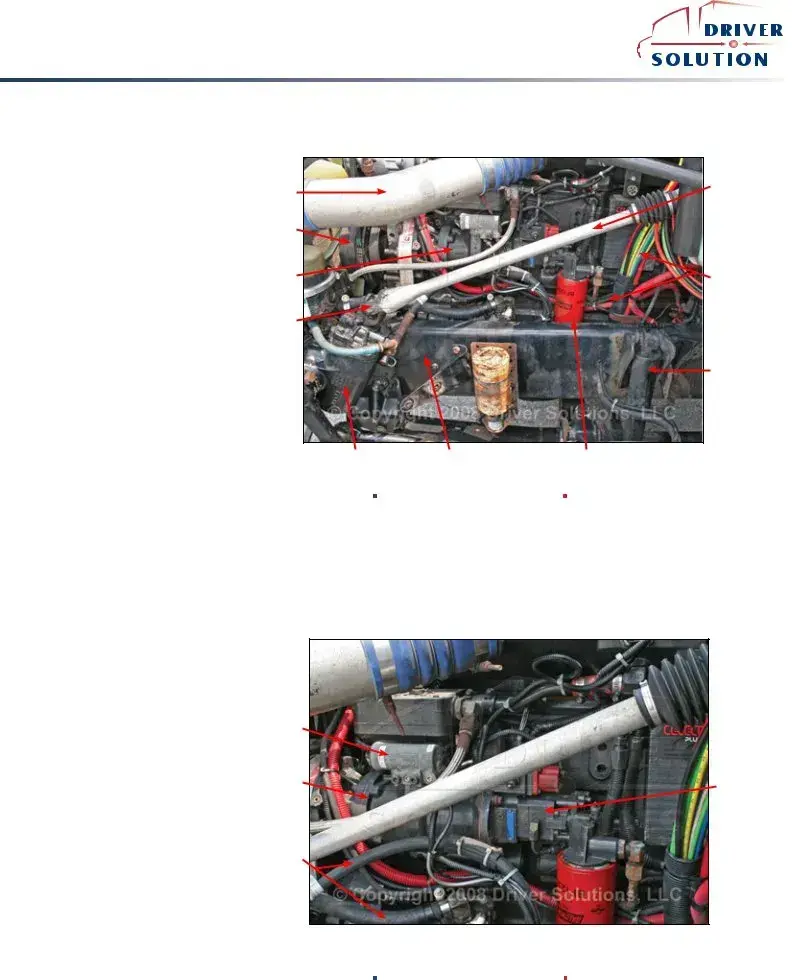
 ®
®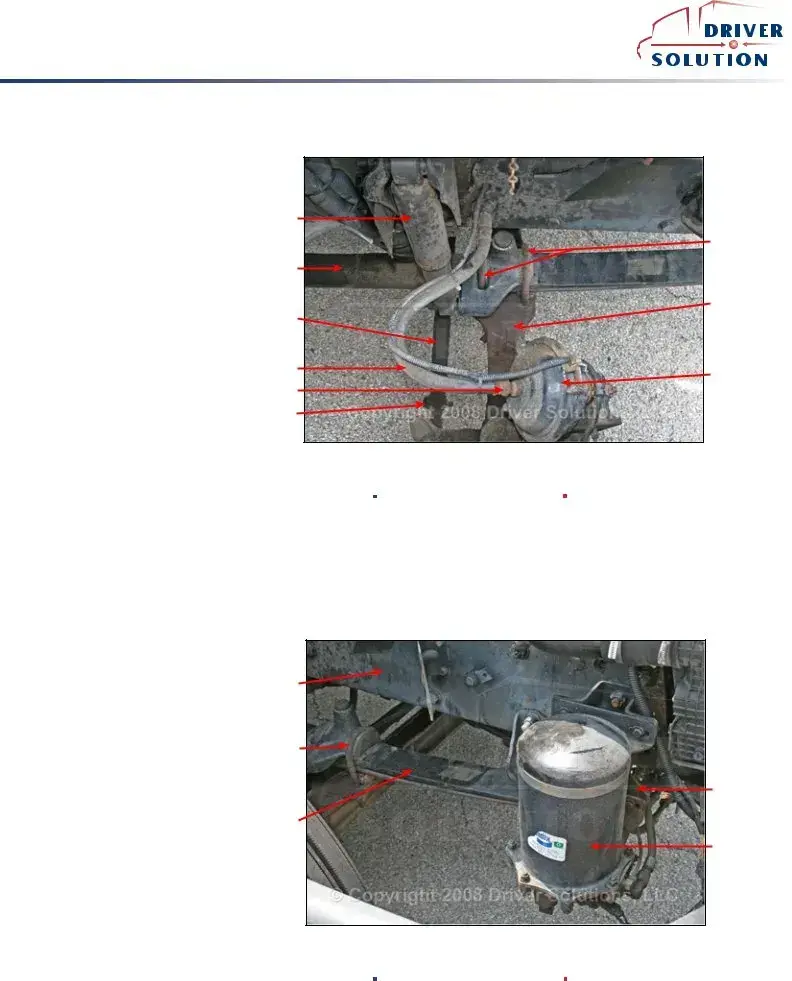
 ®
®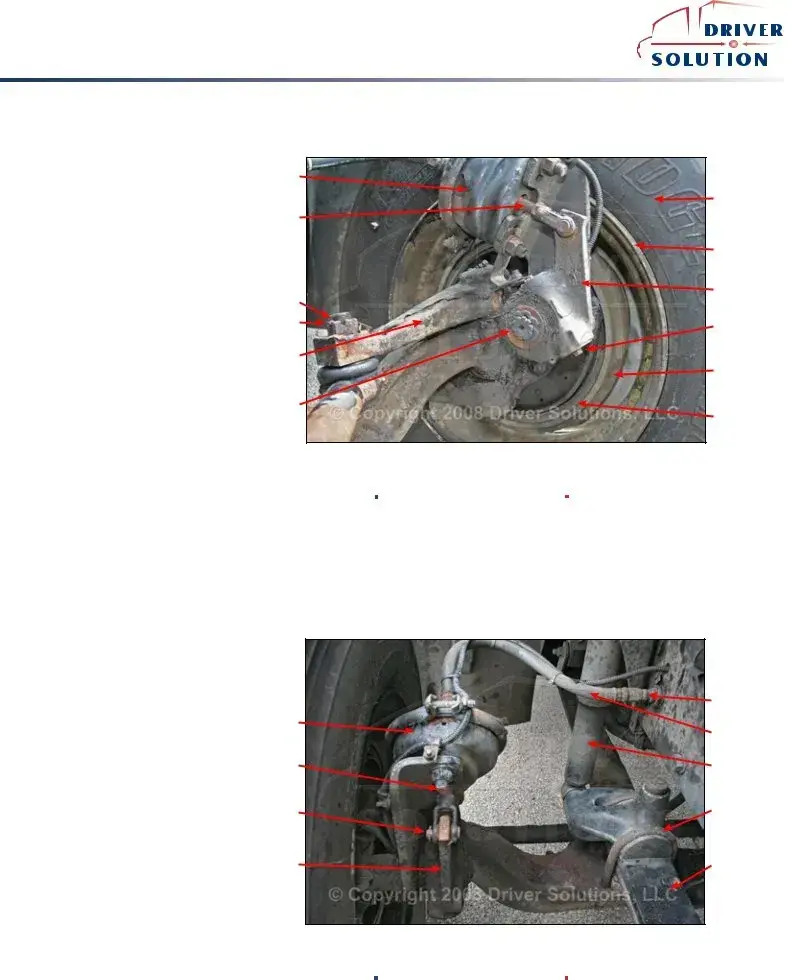
 ®
®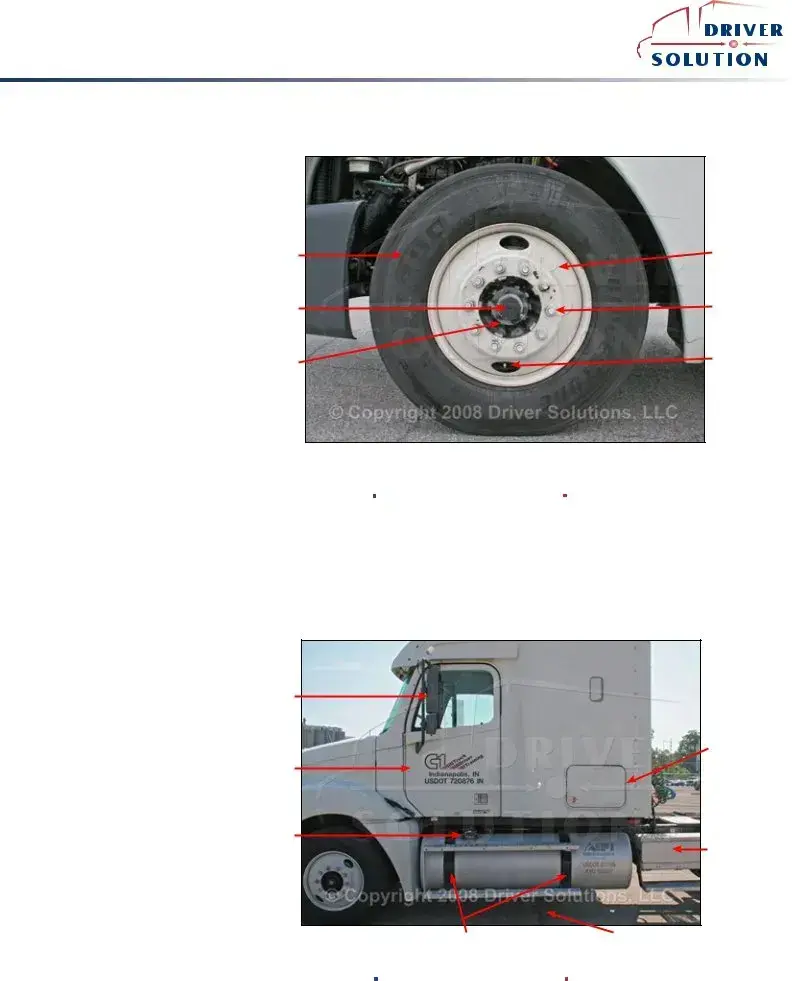
 ®
®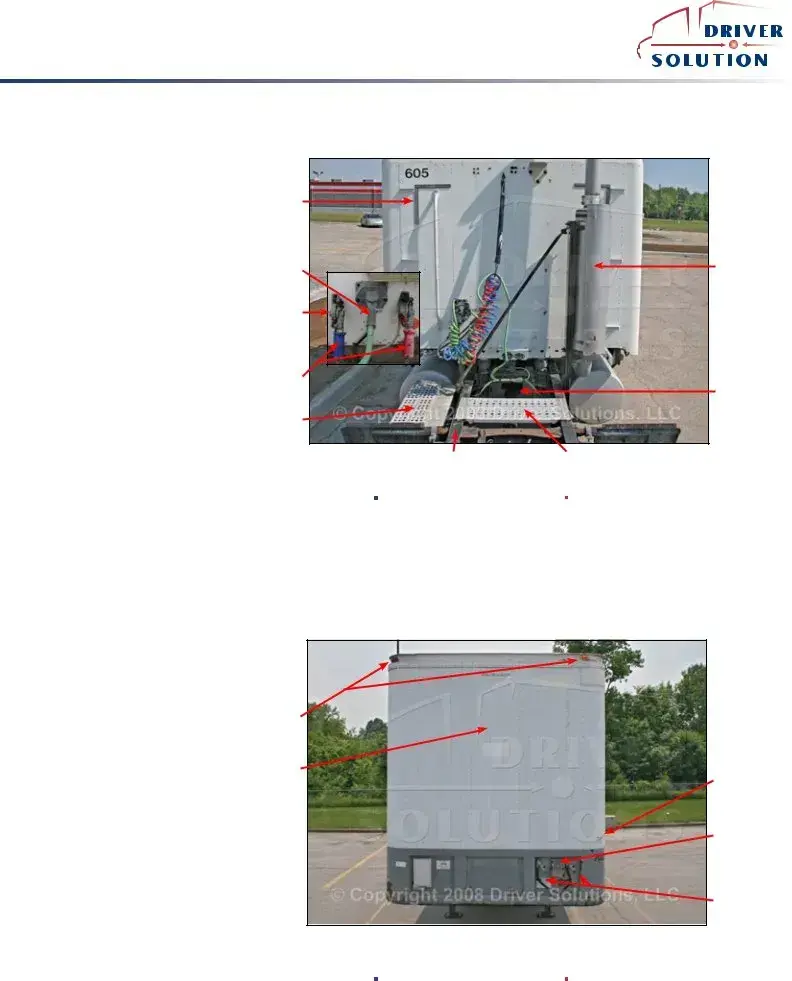
 ®
®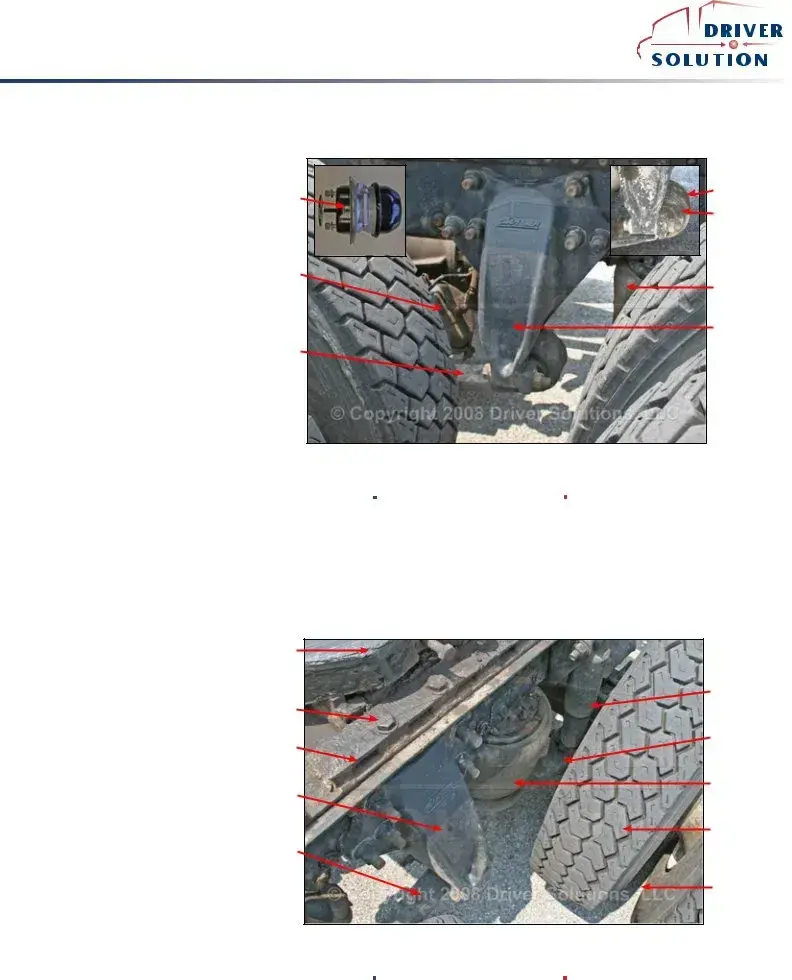
 ®
®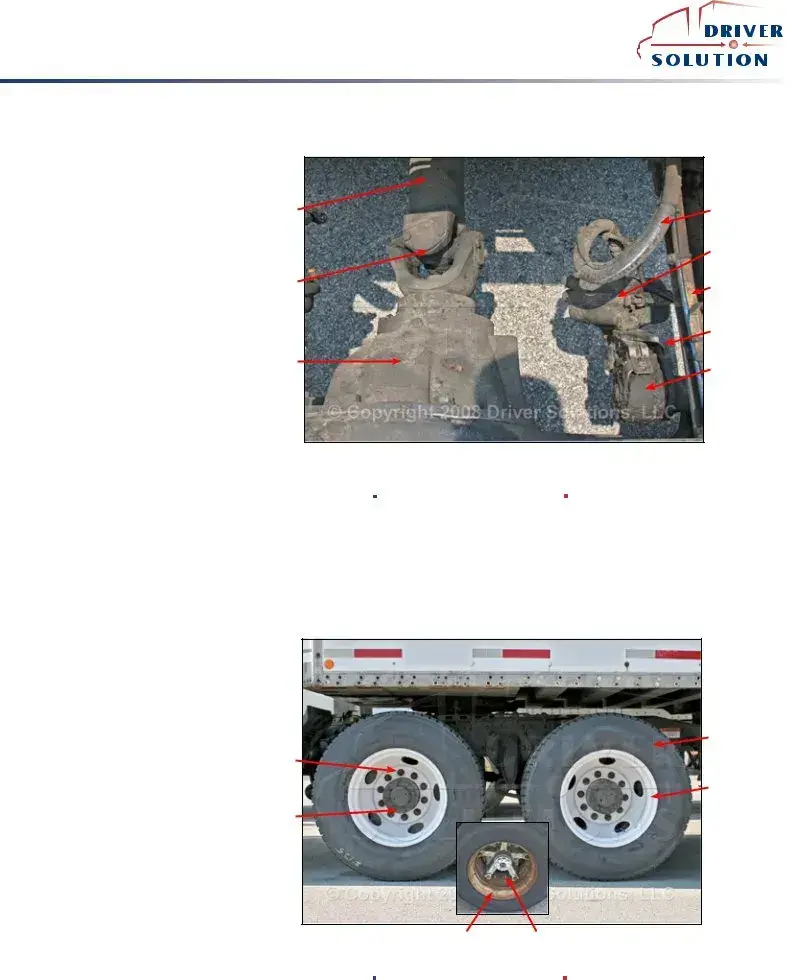
 ®
®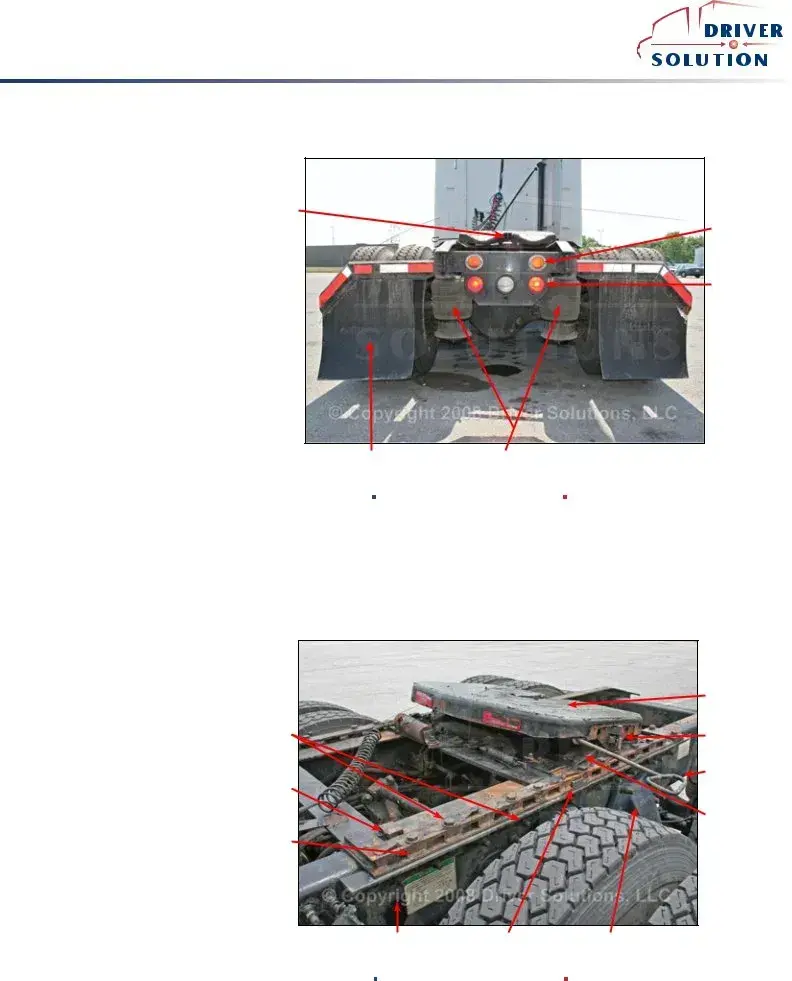
 ®
®